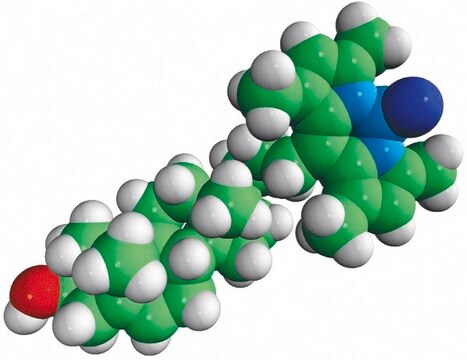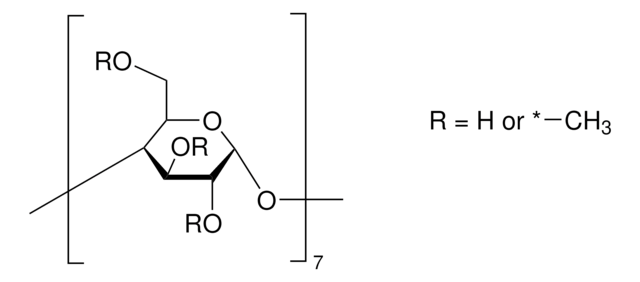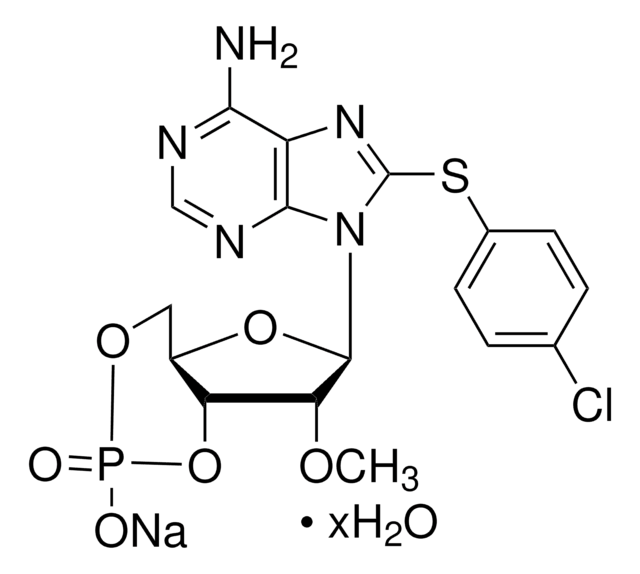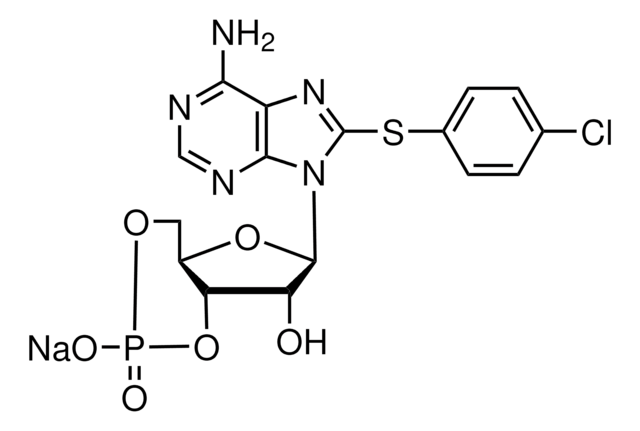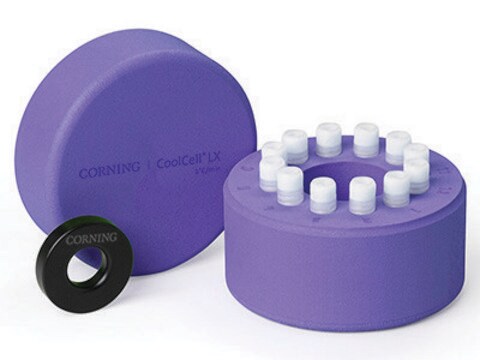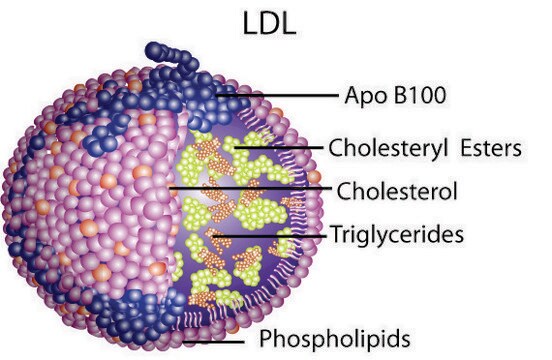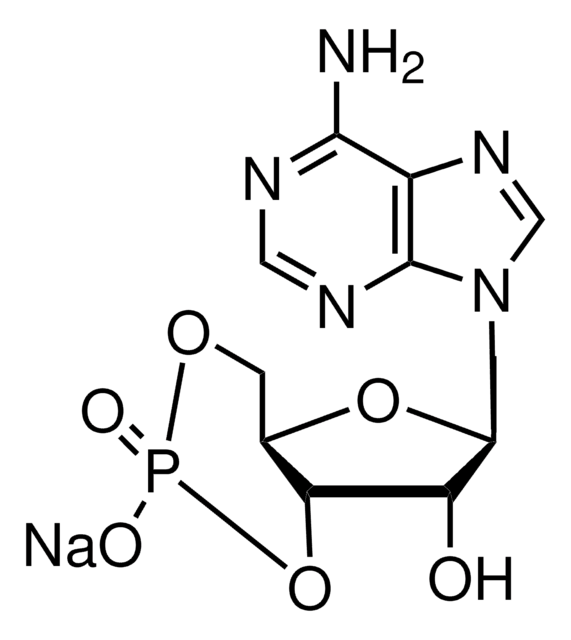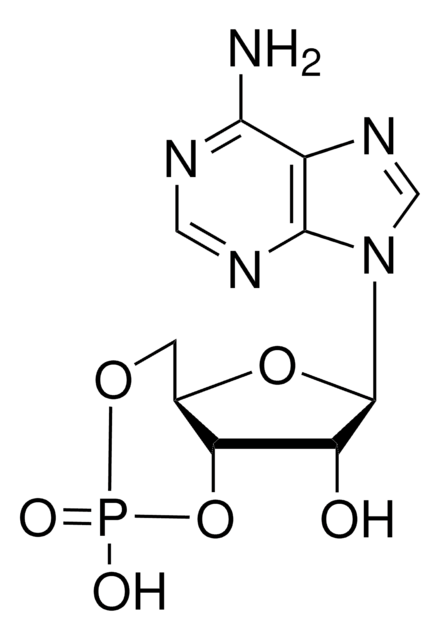S9318
Sandoz 58-035
>98% (HPLC), powder, acyl-CoA:cholesterol acyltransferase (ACAT) inhibitor
Synonym(s):
3-[Decyldimethylsilyl]-N-[2-(4-methylphenyl)-1-phenethyl]propanamide, SA 58-035
About This Item
Recommended Products
product name
Sandoz 58-035, >98% (HPLC), powder
Quality Level
Assay
>98% (HPLC)
form
powder
color
white
solubility
DMSO: 16 mg/mL
H2O: insoluble
originator
Novartis
storage temp.
2-8°C
SMILES string
CCCCCCCCCC[Si](C)(C)CCC(=O)NC(Cc1ccc(C)cc1)c2ccccc2
InChI
1S/C30H47NOSi/c1-5-6-7-8-9-10-11-15-23-33(3,4)24-22-30(32)31-29(28-16-13-12-14-17-28)25-27-20-18-26(2)19-21-27/h12-14,16-21,29H,5-11,15,22-25H2,1-4H3,(H,31,32)
InChI key
NBYATBIMYLFITE-UHFFFAOYSA-N
Gene Information
human ... SOAT1(6646)
rat ... Soat1(81782)
Application
Biochem/physiol Actions
Features and Benefits
Storage Class Code
11 - Combustible Solids
WGK
WGK 3
Flash Point(F)
Not applicable
Flash Point(C)
Not applicable
Personal Protective Equipment
Certificates of Analysis (COA)
Search for Certificates of Analysis (COA) by entering the products Lot/Batch Number. Lot and Batch Numbers can be found on a product’s label following the words ‘Lot’ or ‘Batch’.
Already Own This Product?
Find documentation for the products that you have recently purchased in the Document Library.
Customers Also Viewed
Articles
Cholesterol undergoes esterification to improve transport. Cholesterol esters are more easily packaged into the interior of lipoproteins - increasing the quantity that can be readily transported in the blood stream.
Randomized controlled clinical studies have suggested 3-hydroxy-3-methylglutaryl coenzyme A (HMG-CoA) reductase inhibitors (statins) are effective in both primary and secondary prevention of cardiovascular disease (CVD) events.
Related Content
Discover Bioactive Small Molecules for Lipid Signaling Research
Our team of scientists has experience in all areas of research including Life Science, Material Science, Chemical Synthesis, Chromatography, Analytical and many others.
Contact Technical Service
